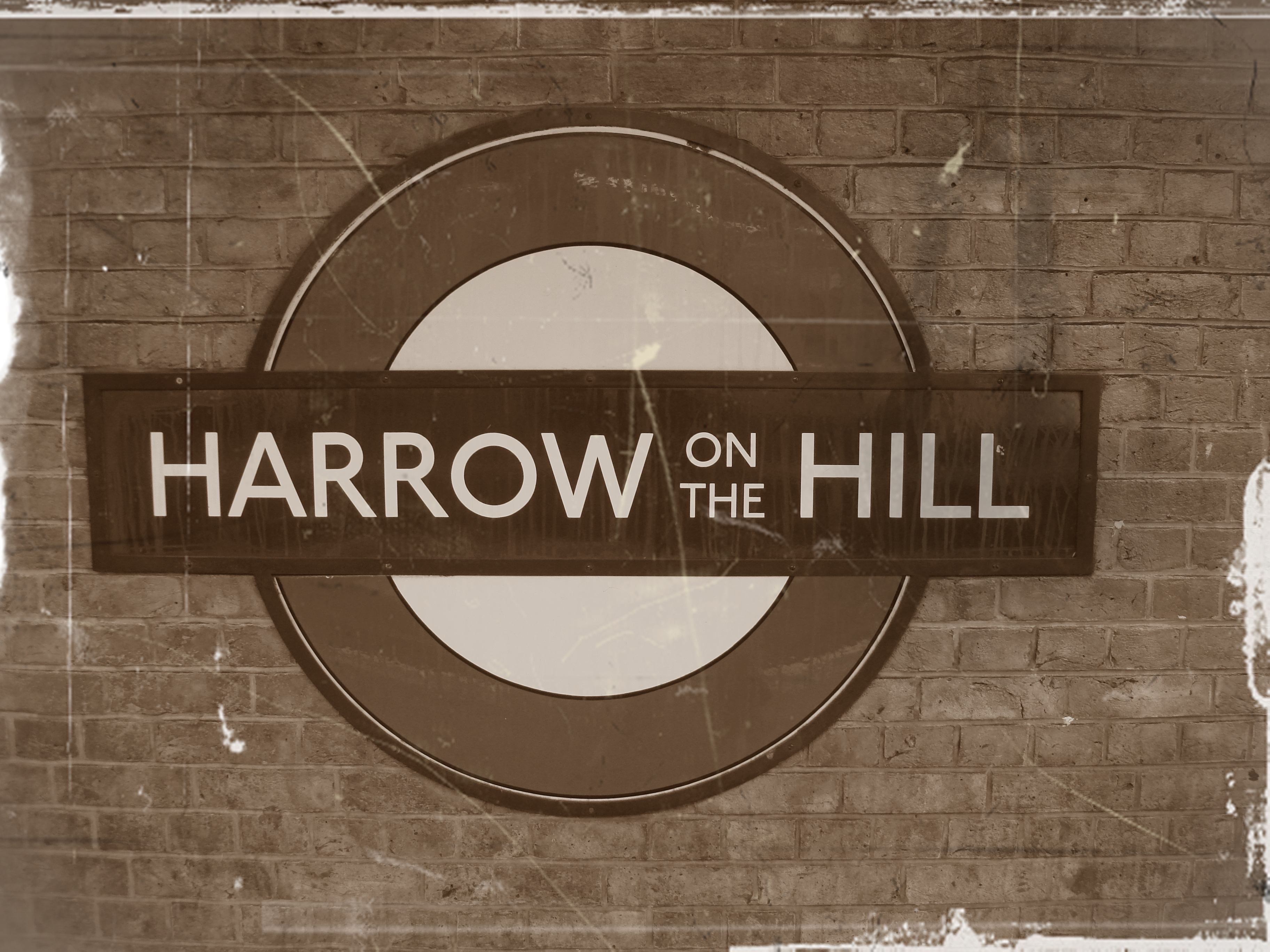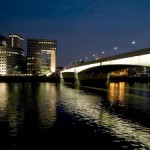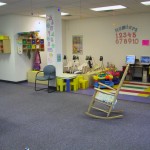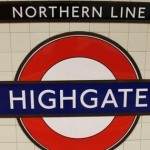Harrow on the Hill Tube Station London

Harrow-on-the-Hill is one of those London Underground stations (or Tube stations, as Londoners like to call them) that not only have a ridiculously fascinating name but also an equally amazing history. It has come a long way from when it was initially built, with now, provision of different useful facilities in and around the tube station a common sight.
It has turned into a mini hub of commercial activity that promises an interesting history of constant futuristic improvements which were introduced. Harrow-on-the-Hill started off with little resources but has, since then, seen many changes and additions to its tracks.
Let’s take a look at all the information regarding the Harrow-on-the-Hill Tube Station in London. Scroll down and see our step by step guide which will help your way around.
Instructions
-
1
The station was started off with the name ‘Harrow,’ on August 2nd 1880, but many consider the change to the current name in 1894 as a marketing tactic.
-
2
The governors of Harrow School had serious objections at the planning stages of the station. Reportedly, the objections were related to the route of the tracks.
-
3
The network itself has seen a considerable growth since the inception of Harrow-on-the-Hill and it stretches over an overwhelming number of 275 stations, operating a huge number of 500 trains at peak hours. Another mind-boggling fact about it is that it is a source of travel for 3 million people each day.
-
4
The only terminus available for five years was Harrow-on-the-Hill until Pinner was accessed in 1885.
-
5
1920s was the time when Harrow-on-the-Hill had become full of activity amongst other stations of Metropolitan Railways, and was one of the busiest stations available.
-
6
The station witnessed and underwent a major phase of reconstruction and renovation from 1938 to 1943, when it saw progressive extension and laying down of tracks and platforms.
-
7
Recently and in the 1980s, the station was given a more modern face and it now offers interchange facilities of buses, and shopping areas for the commuters.







